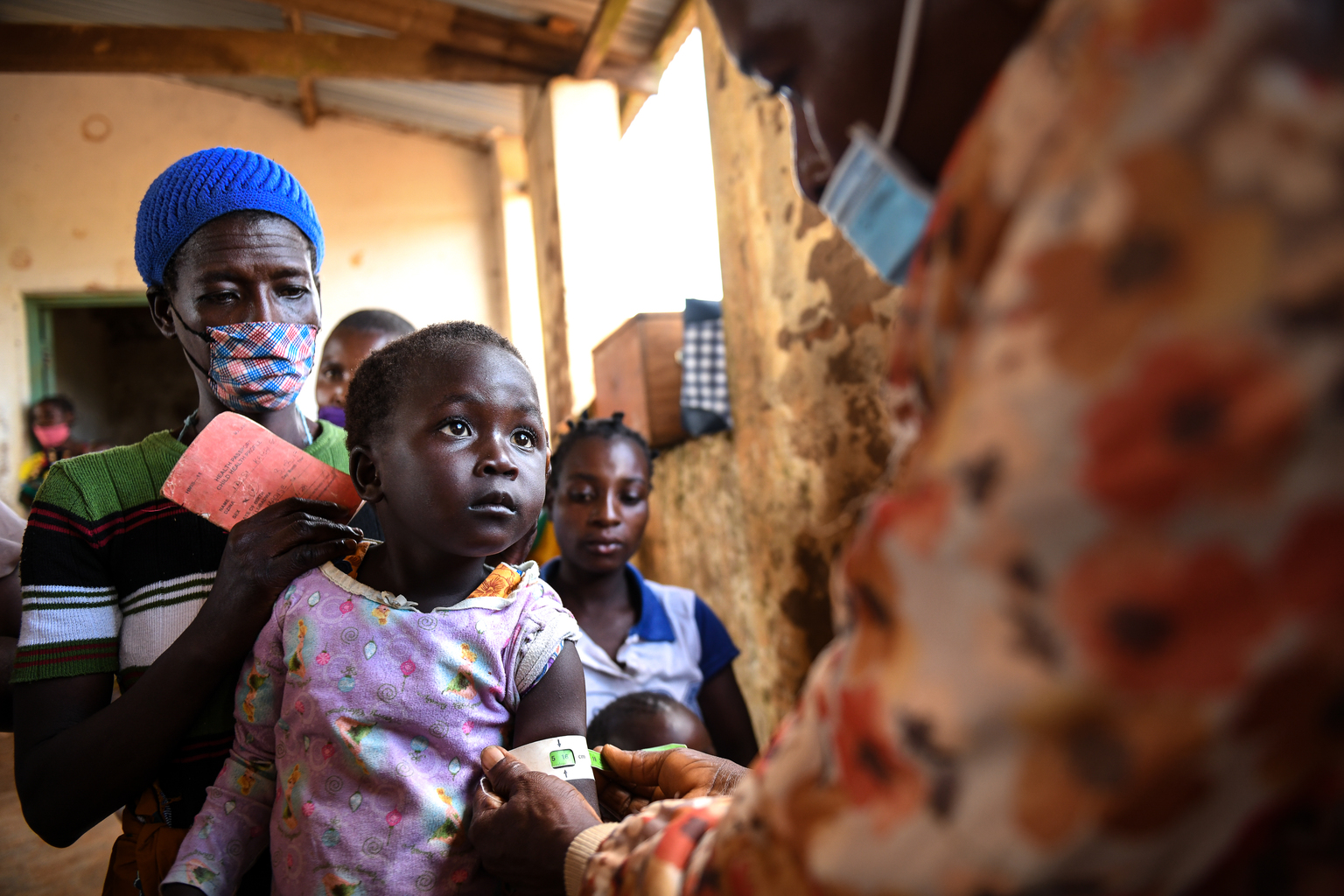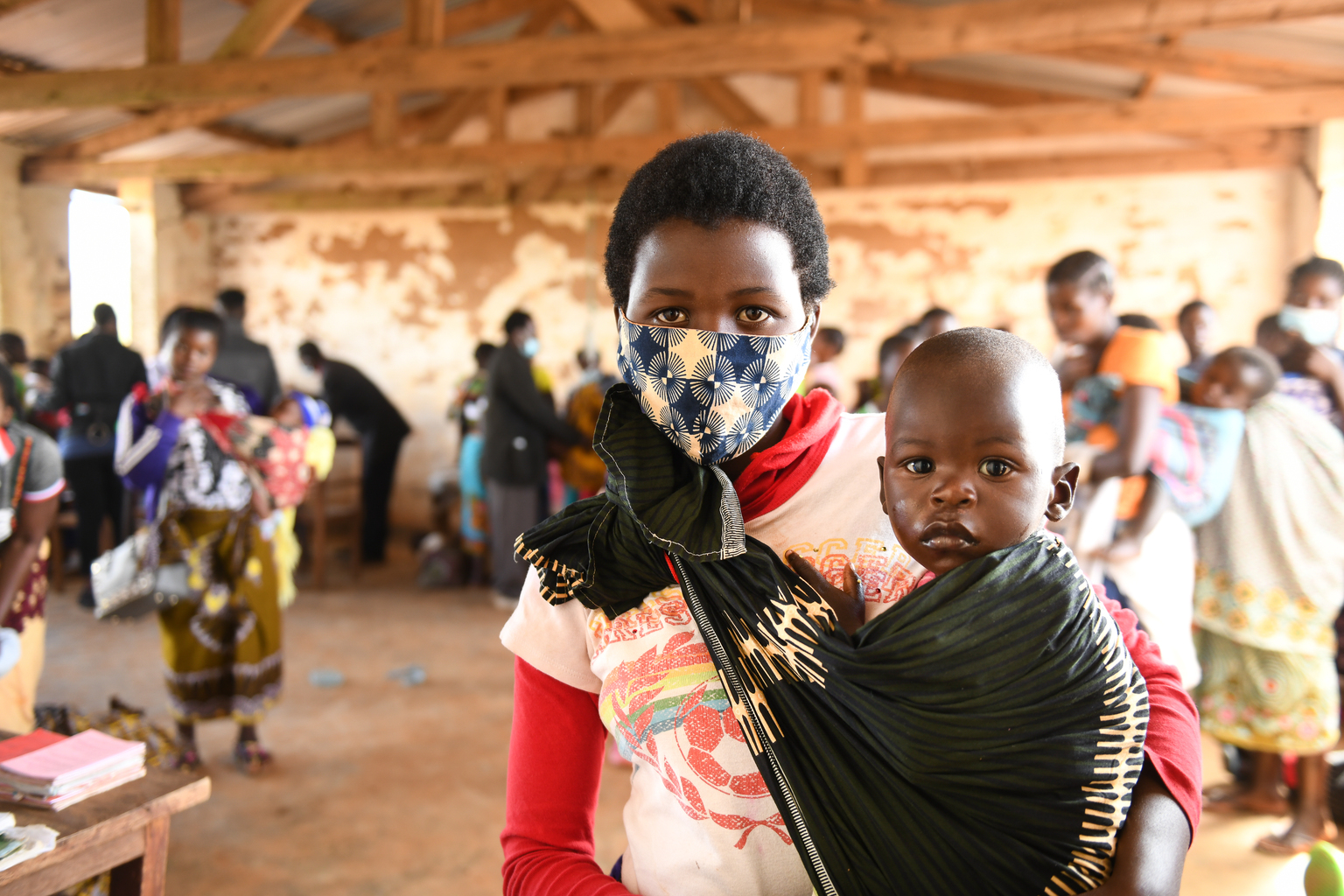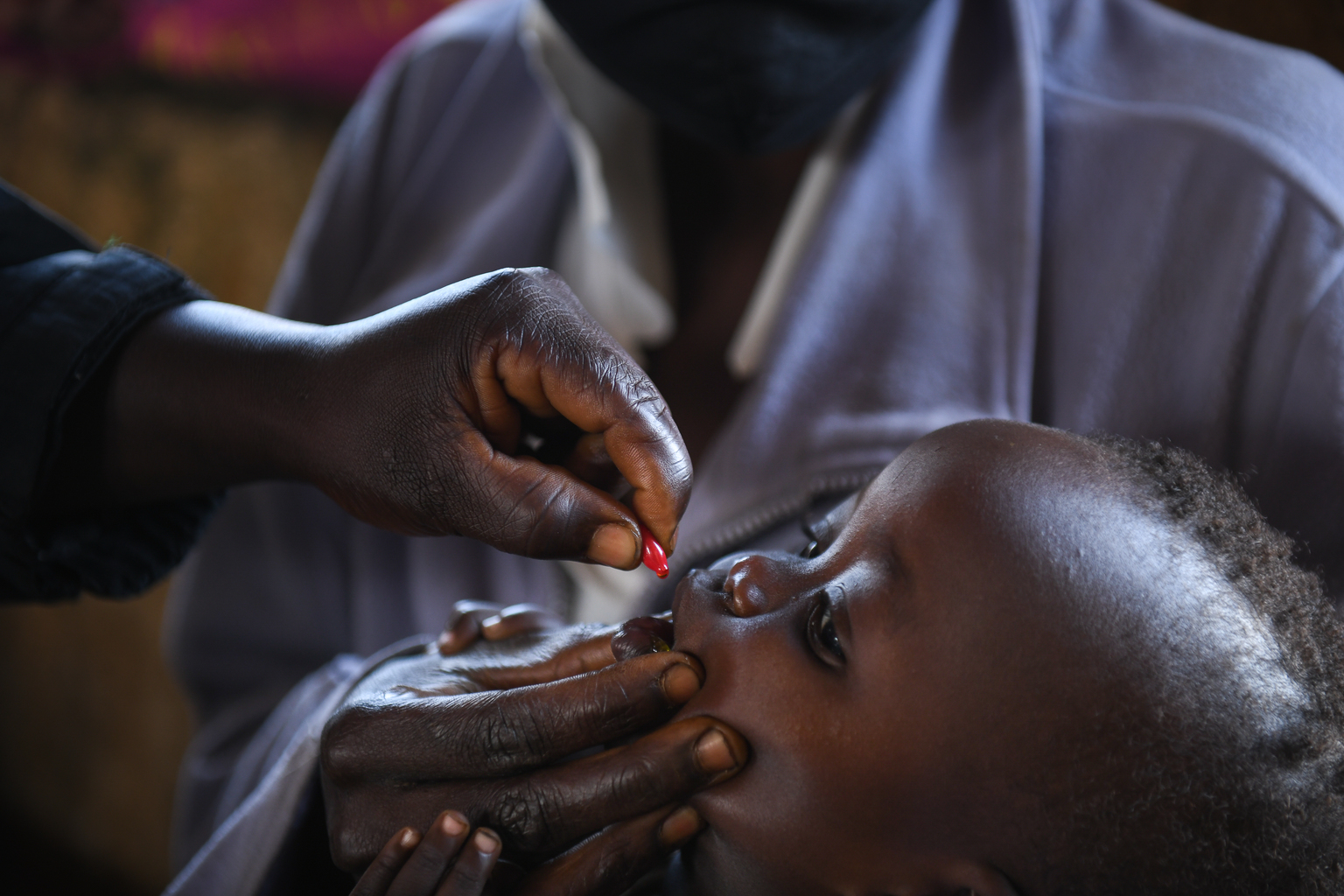Field Stories
In photos: Delivering vitamin A supplementation to hard-to-reach areas in Nigeria
December 13, 2023
Researching the role of gender in vitamin A supplementation programs
Are gender barriers preventing children from getting lifesaving vitamin A supplementation? We’re looking to find out.
Posted on November 15, 2021
On a campaign day in Mwanza, Malawi, the local health clinic is bustling. Parents hold their children close while waiting for their child’s turn to receive a vitamin A supplementation (VAS) dose.
The World Health Organization recommends children between 6 and 59 months at risk of vitamin A deficiency receive VAS every four to six months. It’s a low-cost, high-impact intervention that combats the risk of illness and death from childhood diseases such as measles and diarrhoea.
The busy clinic is a good sign; children are receiving their vitamin A doses. But who is bringing them? What role does gender play in the roll out of health interventions for young children?

These are questions Nutrition International is looking to examine as part of its “Saving Lives Through Vitamin A” initiative, funded through the Government of Canada. The 18-month program, which was initiated in response to dropped coverage due to COVID-19, aims to reach up to 35 million children with VAS in countries across Africa with high levels of vitamin A deficiency and child mortality. Folded into the program framework is a strategy to gain information on gender dynamics to assess the challenges and opportunities to make VAS programming gender-responsive in future. This is in line with Nutrition International’s Gender Equality Strategy that is mainstreaming gender across all aspects of our work.
Anecdotally, the vast majority of caregivers who bring their children to the clinic are women. However, quantitative and qualitative data focused on gender equality within VAS service delivery is lacking. If gathered and analyzed, it can contribute to strengthening the design and implementation of VAS programs so that a child not only receives a critical health intervention, but the program itself can influence a more equitable environment for women and caregivers.
“It’s important to look at how programs influence gender dynamics,” shared Caitlin Gomez, Technical Advisor for Child Survival at Nutrition International. “It’s not just about seeing how gender influences coverage, but there’s also the responsibility of ensuring that VAS programs don’t reinforce gender inequalities.”

The first is revising the questions within post-event coverage surveys given to local households after a VAS campaign is complete. These rapid surveys, modelled after immunization programs and conducted within one month of the campaign, are often used to verify administrative coverage data and determine the factors that affected coverage. While the surveys cover many aspects of both the provision of services and participation of the household, they do not systematically ask questions designed to draw out gender realities. The updated version will look at whether it was a man or woman who took the child to receive the VAS service, consider things like the time it took to travel and who has decision-making power for a child’s health within the household.
“It’s trying to understand some of those social determinants to see if they were factors that were limiting people from being able to access the campaign,” said Sarah Pentlow, Nutrition International’s Senior Program Officer for Gender Mainstreaming. “Given the scope of the program, we thought the most effective thing we could do to promote gender equality would be to try and help improve the knowledge of governments around the gender-based constraints to mass campaigns.” The updated surveys are in process of being rolled out across seven countries in sub-Saharan Africa. The learnings from this roll-out, as well as global best practice among partners, will be incorporated into a full revision of GAVA’s guidance on post-event coverage surveys, to be published in early 2022.

In addition to the surveys, Nutrition International also plans to undertake in depth sex and gender-based analyses (SGBAs) in some countries. This research will provide qualitative insight that examines gender dynamics as it specifically relates to VAS. The SGBAs will consider how information is being shared, whether it’s targeting a specific gender more and where opportunities may lie. “It will help us drill down and understand the gendered constraints and opportunities,” Pentlow said. She referenced an example in Tanzania that spotlighted a father who took his children for VAS for the first time. “Is there an opportunity to learn from that experience and promote the role of men as caregivers who share in the responsibility to take their children for VAS?” The SGBAs will be able to provide recommendations for gender mainstreaming within a country’s specific context.
In each setting, the findings will be packaged and shared with country governments to help them determine how they want to approach gender mainstreaming within their VAS campaigns and service delivery platforms. “The goal would be for countries to use the data for course correction and be equipped to make evidence-based improvements to their program, looking at how it’s delivered and how they communicate with communities,” Gomez shared.
Examining gender-related factors relevant to VAS is a first step towards creating gender responsive programming that provides children with the lifesaving intervention they need while simultaneously laying the foundations for a more gender equitable world.